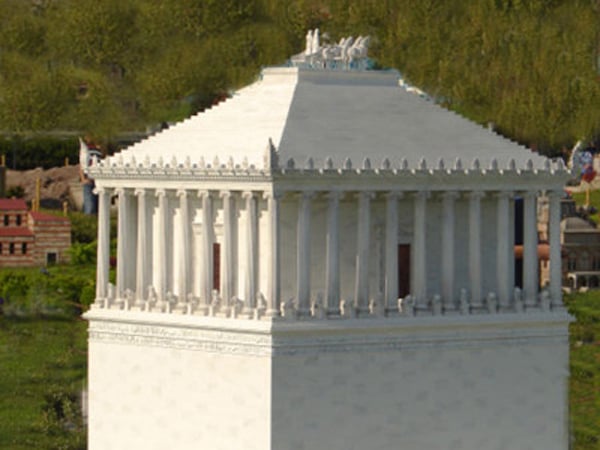Mausoleum is a word commonly used by people to talk of a grand and ornamented tomb. But very few know that the origin of this word comes from the tomb of Mausolus or Maussollos, a king of the Persian Empire.
Mausoleum is a word commonly used by people to talk of a grand and ornamented tomb. But very few know that the origin of this word comes from the tomb of Mausolus or Maussollos, a king of the Persian Empire. The tomb of Mausolus also housed the ashes of Artemisia, his sister and wife. Mausolus ruled over Halicarnassus and was a Greek satrap. He was fond of everything Grecian and promoted it by following the principles of Greek democratic ways of governing and by founding cities designed in Greek style.
The ornate Tomb of Maussollos was made in the latter part of the 3 rd century BC by the best Greek sculptors of the time and was unique in that it was not dedicated to Greek gods and goddesses.
The mausoleum was built by four famous Greek sculptors, Scopas, Timotheus, Bryaxis and Leochares. The statues built in and around the mausoleum were of animals and people. The tomb had many slim pillars to support a stepped pyramid. And looking down from the apex of this work of beauty was one of the most beautiful sculptures showing Maussollos and Artemisia riding in an ornate chariot.
Maussollos started the tomb’s construction but as he died before its completion, the task of finishing it fell to Artemisia. Two years after his death, Artemisia too joined him and their ashes were kept in an urn inside the tomb. For 16 centuries the mausoleum stood holding its pride as a magnificent work of art. By 1404 a series of earthquakes damaged the pillars that supported the roof of the tomb and brought the structure crumbling to the ground. With only the base standing, the mausoleum was as good as destroyed. Whatever remained of the marble and stone used to build the tomb was taken away and stored in a local castle of Bodrum, Turkey, by medieval knights.
One can only recall the words of the poet Shelley as expressed in his poem Ozymandias when one sees the remains of this once magnificent structure
“Nothing beside remains; round the decay
Of that colossal wreck, boundless and bare,
The lone and level sands stretch far away”
